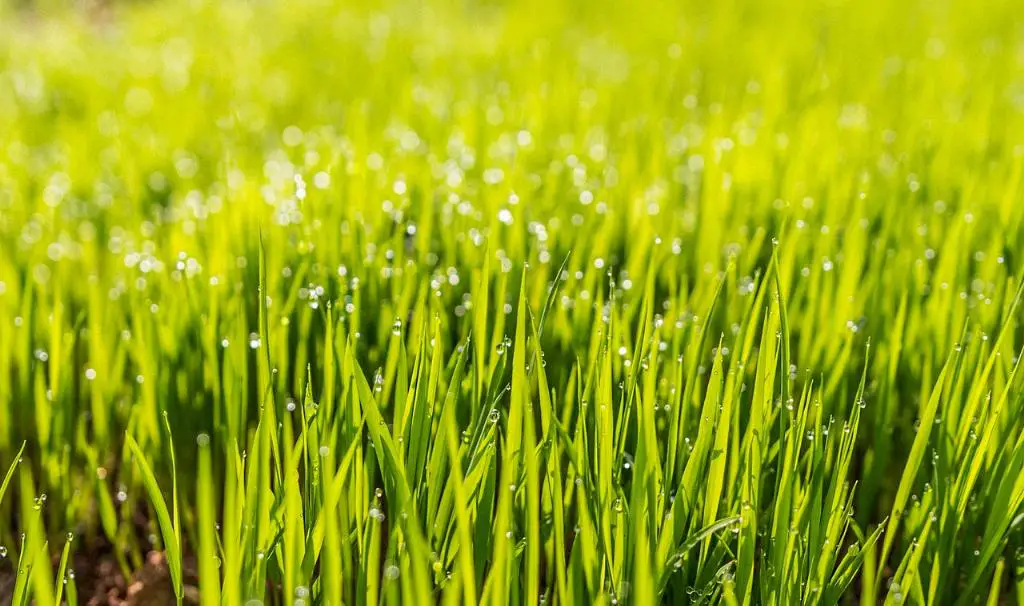Before you start planting a new lawn, the first step is to remove any existing weeds or grass from the area. This will ensure that your new grass seed has the best chance to thrive without competition from unwanted plants. Once the area is clear, enrich the soil by adding a 2-inch layer of well-decomposed compost. This will provide essential nutrients for the grass seed to grow strong and healthy.
Choosing the Grass Seed
When selecting grass seed for your new lawn, consider factors such as the amount of sunlight the area receives, the climate of your region, and the intended use of the lawn (i.e., for heavy foot traffic or ornamental purposes). Different grass varieties have specific requirements, so choose one that is well-suited to your particular needs.
Planting the Grass Seed
Once you have prepared the soil and chosen the right grass seed, it’s time to plant. Distribute the seed evenly across the area using a spreader, making sure to follow the recommended seeding rate for the specific grass variety. After seeding, lightly rake the soil to cover the seeds and ensure good seed-to-soil contact.
Protecting the Seed
To protect the newly planted grass seed from birds, wind, and erosion, cover the area with a thin layer of straw or mulch. This will help retain moisture, regulate soil temperature, and prevent the seeds from being disturbed. Be sure to monitor the area regularly to ensure that the seedlings are growing without any issues.
Watering the Seed
Proper watering is crucial for the success of your new lawn. Keep the soil consistently moist but not waterlogged, as this can drown the seeds. Water the area lightly each day, especially during the germination period. Once the grass seedlings have established, gradually reduce the watering frequency but increase the amount of water applied.
Mowing and Weed Control
After the grass has reached a height of around 3 inches, it’s time to mow it for the first time. Set your mower blades to a height of 2 inches to avoid cutting the grass too short and causing stress. Regular mowing will promote healthy growth and discourage weed establishment. Keep an eye out for any weeds that may appear and remove them promptly to prevent them from spreading.
Maintaining the Lawn
Once your new lawn is established, it’s important to continue proper maintenance to keep it healthy and vibrant. This includes regular fertilization to provide essential nutrients, aeration to improve soil compaction, and overseeding to fill in any sparse areas. Additionally, be mindful of watering practices, especially during hot and dry periods, to ensure the grass remains lush and green.
Conclusion
Planting a new lawn requires careful preparation, selection of the right grass seed, and diligent maintenance. By following the steps outlined in this guide, you can create a beautiful and thriving lawn that will enhance the beauty of your outdoor space. Remember to be patient and consistent in your lawn care efforts, and you will be rewarded with a lush and healthy lawn for years to come.

